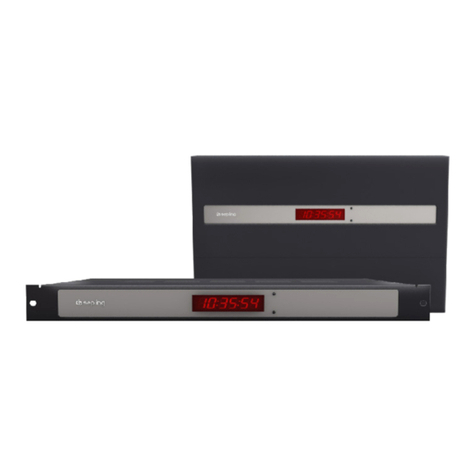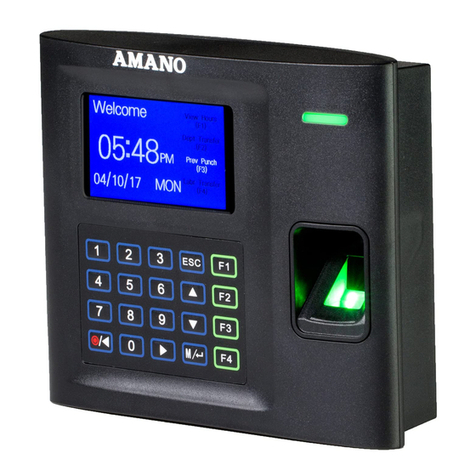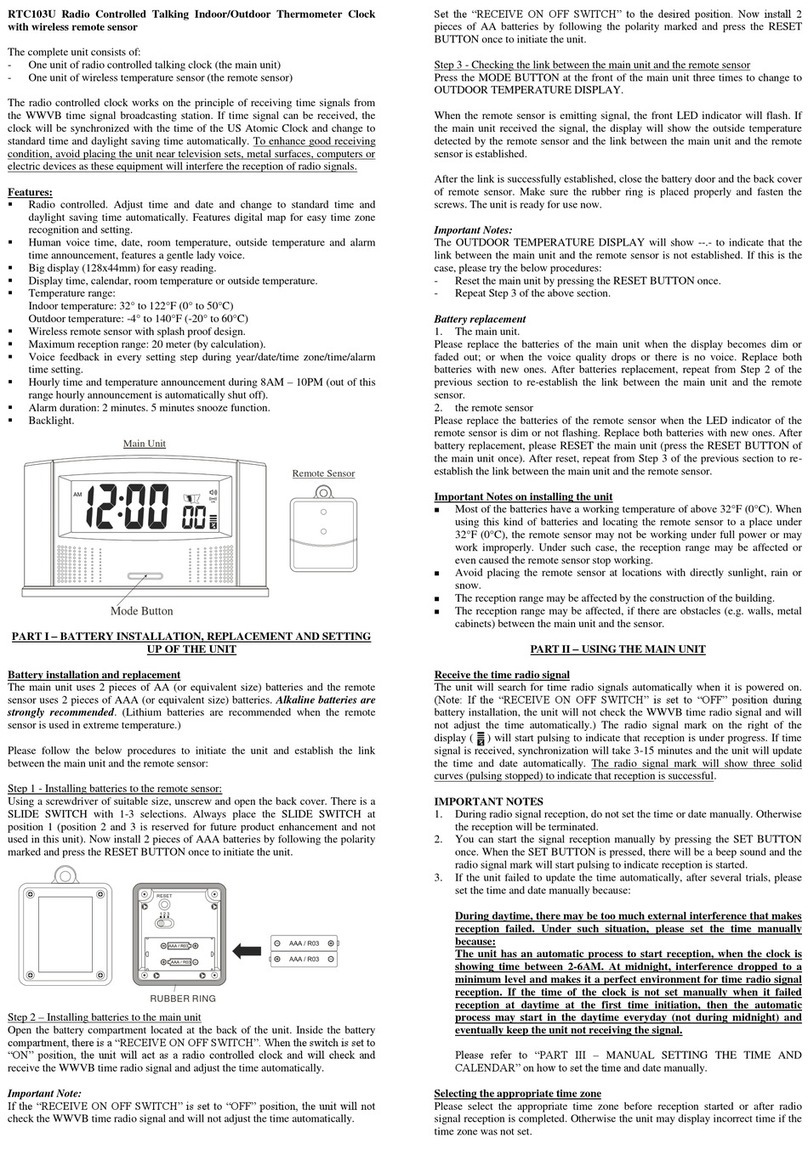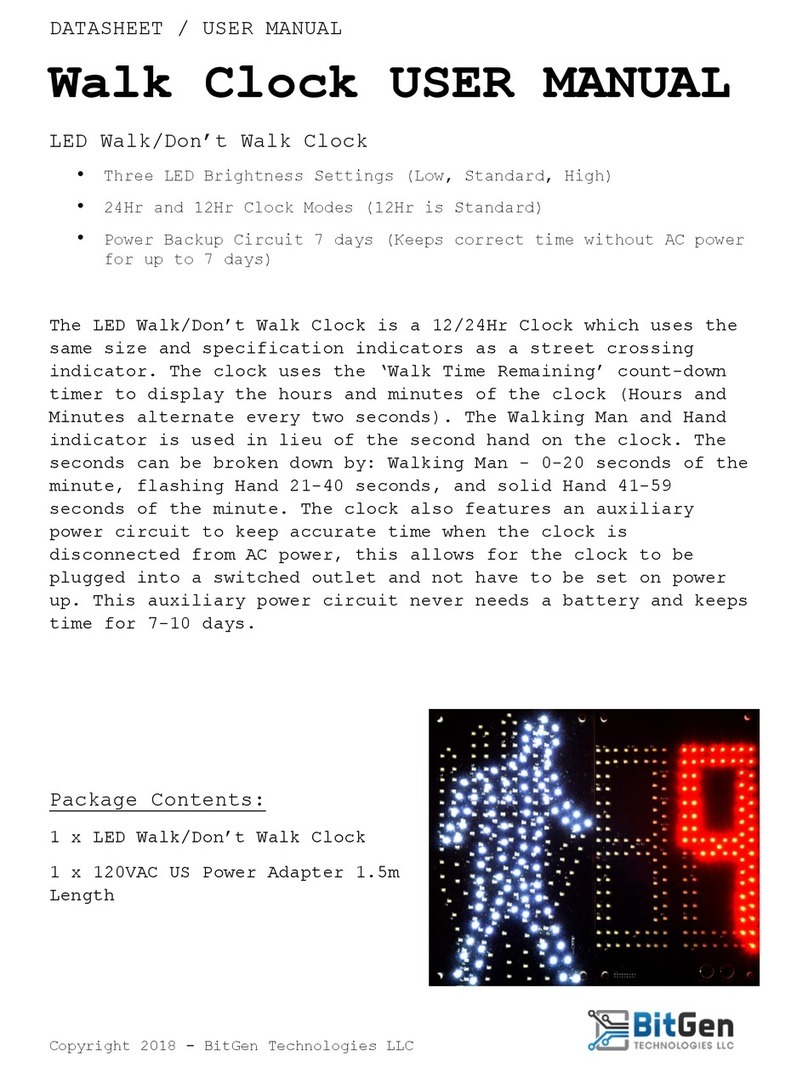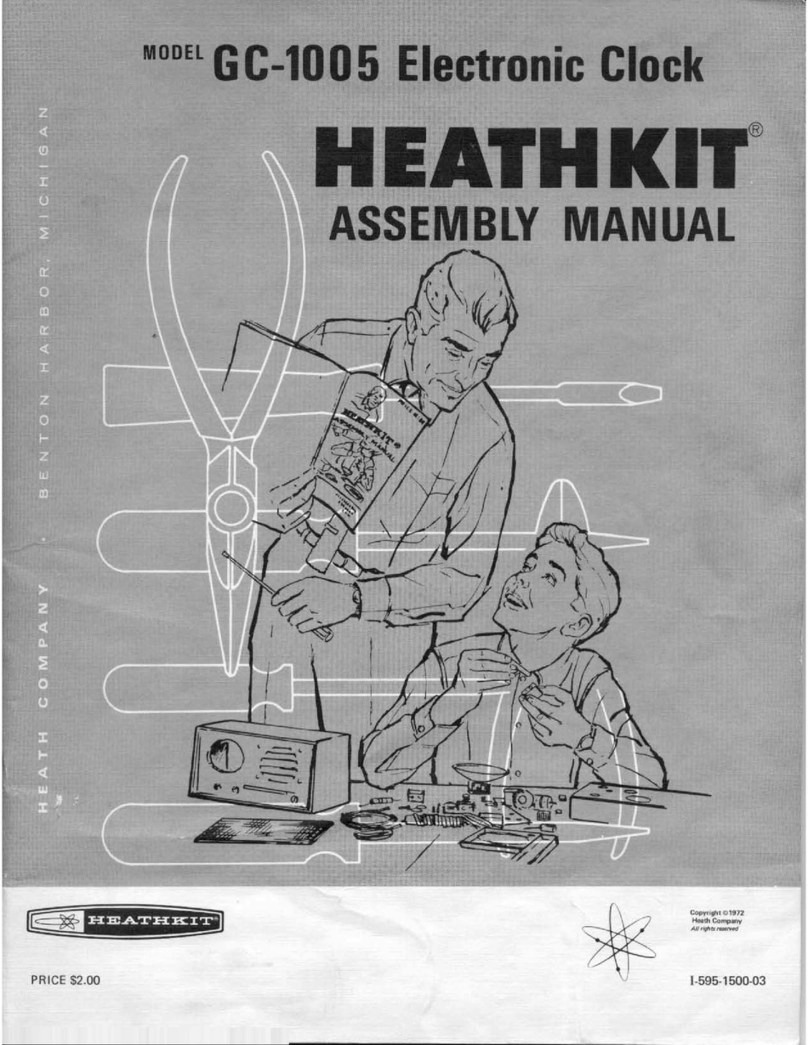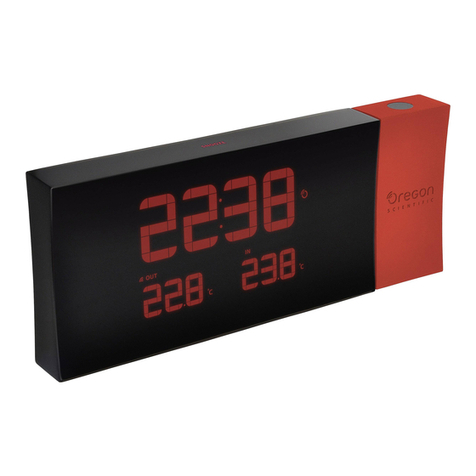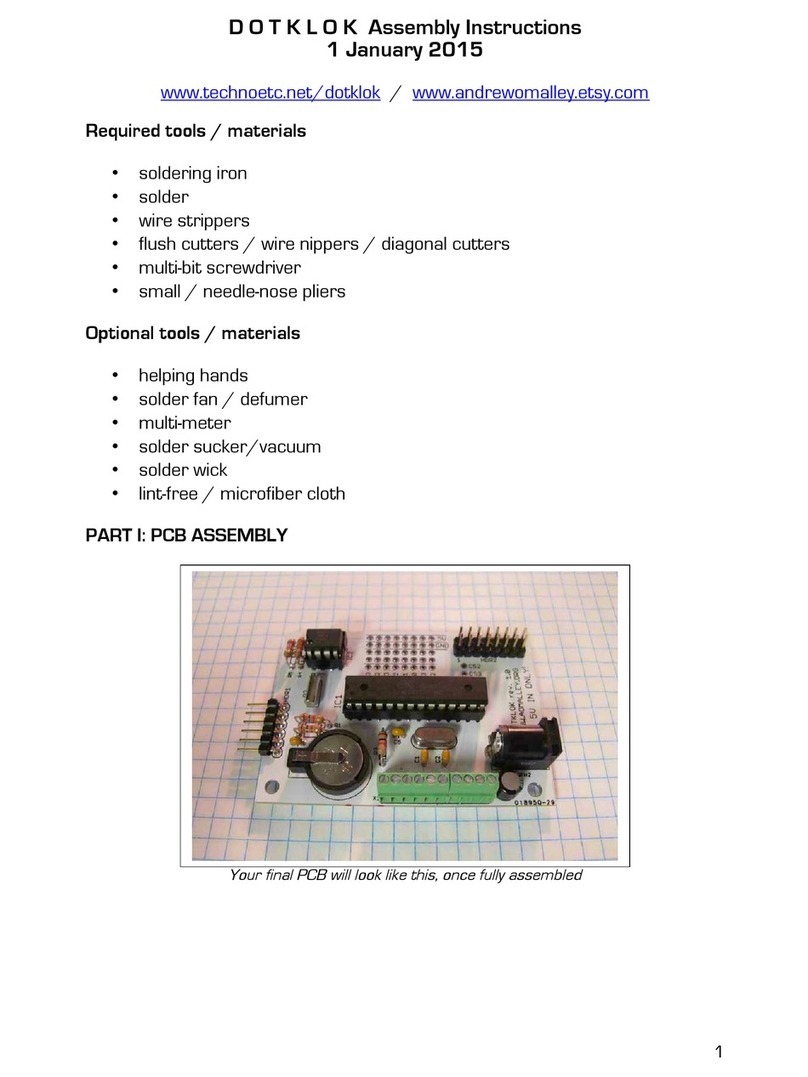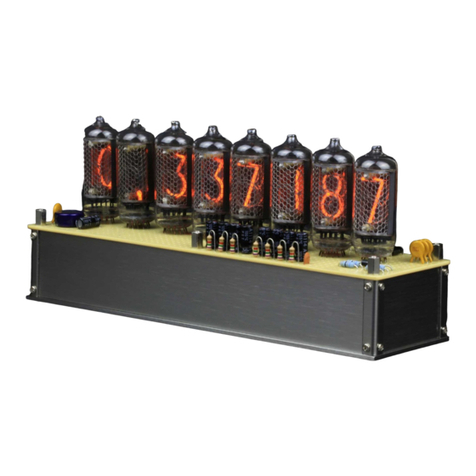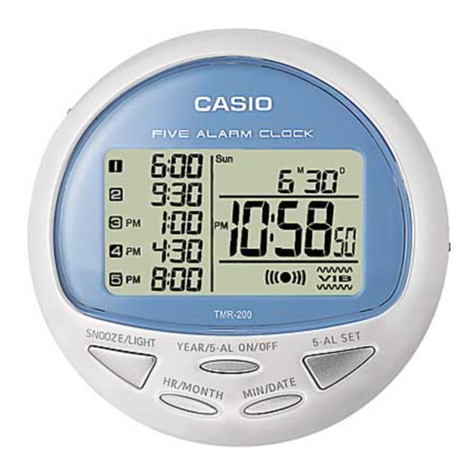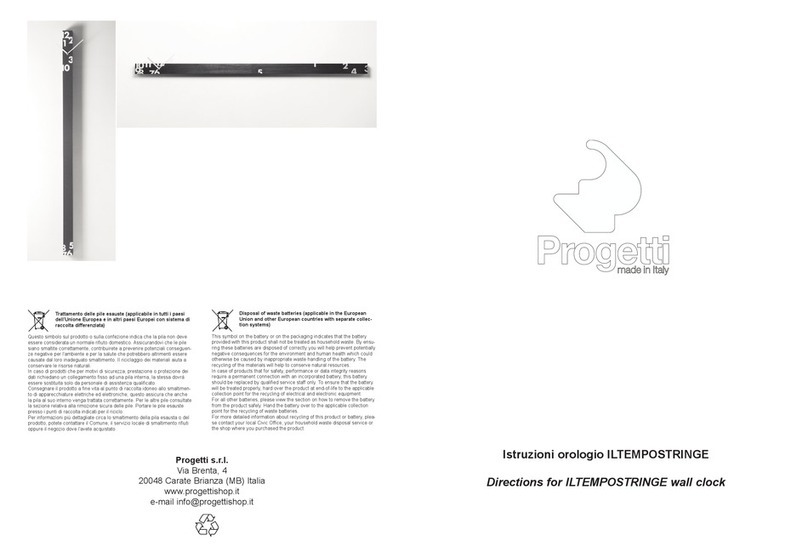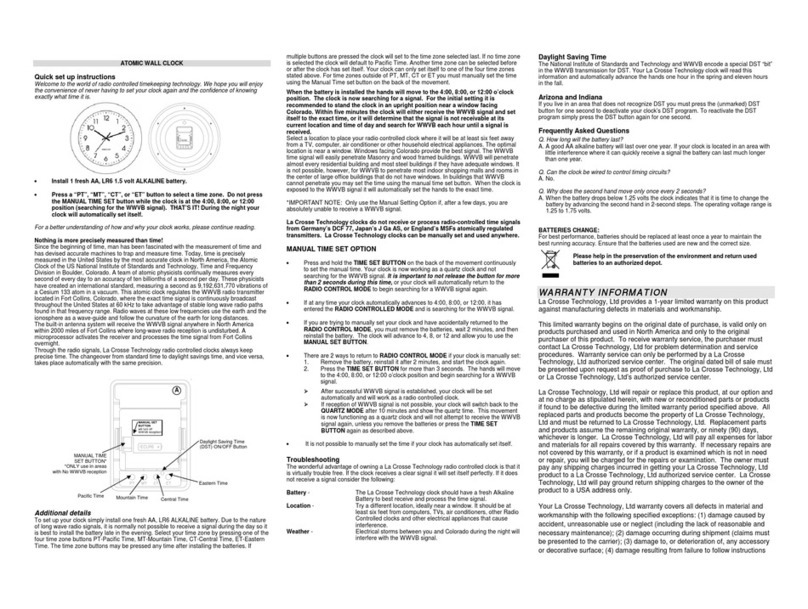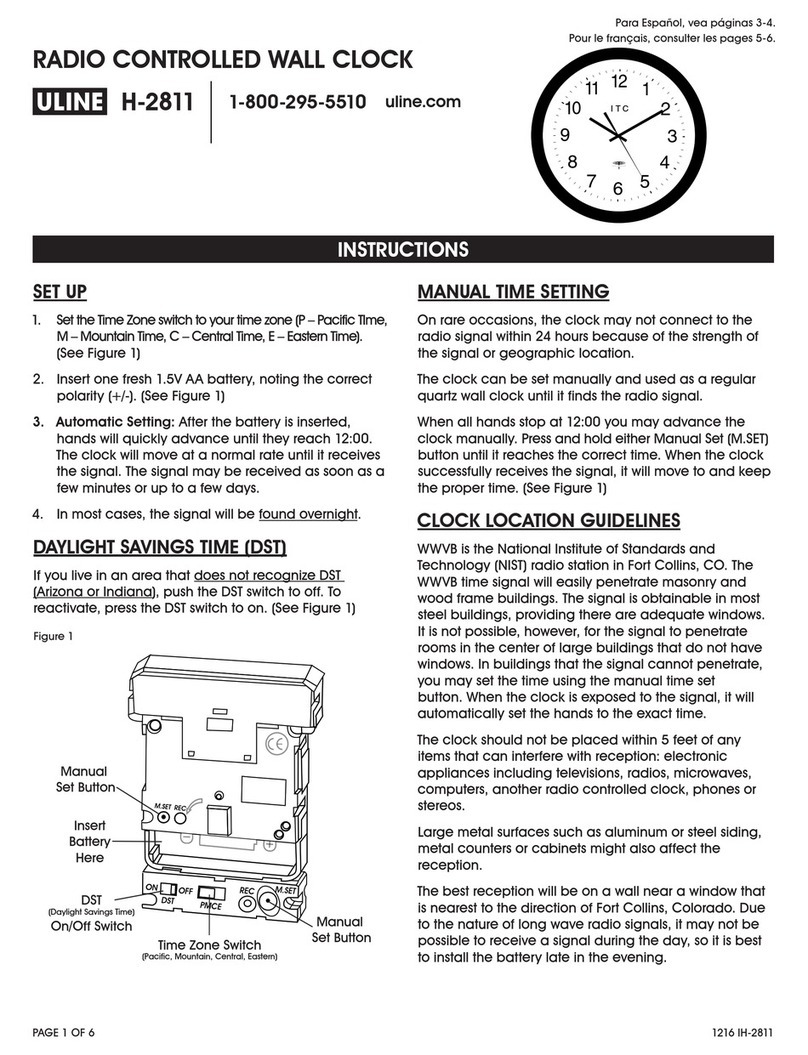
Preliminary Rev. 0.3 11/10 Copyright © 2010 by Silicon Laboratories Si5324
This information applies to a product under development. Its characteristics and specifications are subject to change without notice.
Si5324
ANY-FREQUENCY PRECISION CLOCK
MULTIPLIER/JITTER ATTENUATOR
Features
Generates any frequency from 2 kHz to 945 MHz
and select frequencies to 1.4 GHz from an input
frequency of 2 kHz to 710 MHz
Ultra-low jitter clock outputs as low as 290 fs rms
(12kHz–20MHz),320fsrms(50kHz–80MHz)
Integrated loop filter with selectable loop bandwidth
(4– 525 Hz)
Meets ITU-T G.8251 and Telcordia GR-253-CORE
jitter specification
Hitless input clock switching with phase build-out
Freerun, Digital Hold operation
Configurable signal format per output (LVPECL,
LVDS, CML, CMOS)
Support for ITU G.709 and custom FEC ratios
(255/238, 255/237, 255/236, 239/237, 66/64,
239/238, 15/14, 253/221, 255/238)
LOL, LOS, FOS alarm outputs
I2C or SPI programmable
On-chip voltage regulator with high PSNR
Single supply 1.8 ±5%, 2.5 ±10%, or 3.3 V ±10%
Small size: 6 x 6 mm 36-lead QFN
Applications
Broadcast video –3G/HD/SD-SDI, Genlock
Packet Optical Transport Systems (P-OTS), MSPP
OTN OTU-1/2/3/4 Asynchronous Demapping
(Gapped Clock)
SONET OC-48/192/768, SDH/STM-16/64/256 line
cards
1/2/4/8/10G Fibre Channel line cards
GbE/10/40/100G Synchronous Ethernet
(LAN/WAN)
Data converter clocking
Wireless base stations
Test and measurement
Description
The Si5324 is a low-bandwidth, jitter-attenuating, precision clock multiplier for applications requiring sub 1 ps jitter
performance with loop bandwidths between 4 Hz and 525 Hz. The Si5324 accepts two input clocks ranging from
2 kHz to 710 MHz and generates two output clocks ranging from 2 kHz to 945 MHz and select frequencies to
1.4 GHz. The two outputs are divided down separately from a common source. The Si5324 can also use its
external reference as a clock source for frequency synthesis. The device provides virtually any frequency
translation combination across this operating range. The Si5324 input clock frequency and clock multiplication ratio
are programmable via an I2C or SPI interface. The Si5324 is based on Silicon Laboratories' 3rd-generation
DSPLL®technology, which provides any-frequency synthesis and jitter attenuation in a highly integrated PLL
solution that eliminates the need for external VCXO and filter components. The DSPLL loop bandwidth is digitally
programmable, providing jitter performance optimization at the application level. The Si5324 is ideal for providing
clock multiplication and jitter attenuation in high performance timing applications.
